One of the headliners at this weekend’s ASBURY PARK COMICON is writer Chris Claremont. Here, he talks with Clay N. Ferno about his new Nightcrawler series, his approach to writing — and his first comic book!It’s almost here! Asbury Park Comicon is April 12-13 and for the last two weeks, we’ve been spotlighting someone or something special you should check out!
Guests include Jim Steranko, J.H. Williams III, Chris Claremont, Cliff Chiang, Ann Nocenti, Dean Haspiel and many more. Full guest list is here. And you can buy tickets here!
And here are the ASBURY PARK COMICON SPOTLIGHT interviews we’ve done so far: Evan Dorkin, Denis Kitchen, Stephanie Buscema, Mark Schultz, Peter Bagge, Box Brown, Annie Nocenti and Cliff Chiang. Plus a big feature on the 1966 Batmobile!
Clay N. Ferno: What is your Secret Origin? How did you get to write your first comic?
Chris Claremont: Thanks to the aid and intervention of a family friend, Al Jaffee of Mad magazine, I got recommended to Stan (Lee) to work for a couple of months as what now is an intern, back then we were just gofers. I worked at Marvel, end of ‘68, beginning of ’69.
And you are returning to Marvel for your latest project?
I’ve never left, I’ve been a contract employee at Marvel this time around since ’03-’04, the beginning of the century! It is at their discretion if they utilize me or not, but I am returning to print with new material, but I’ve always been Marvel property I suppose. Now I’m working on Nightcrawler.
Is there any new approach you are taking to Nightcrawler?
It is sort of in the ambiguous state where it is listed on the rolls as being an ongoing series, but is being treated — at least in the initial run — as a mini-series, until the office can get a sense of whether there is sufficient reader interest to justify a longer run on it. On the same token they are keeping their options open. As opposed to just signing up for a mini-series and having to reboot it down the line.
At the moment, the interesting aspect is, as seems to happen quite a lot in the X-Men, he is back from the dead! With someone like him, who is a devoutly religious person in his own unique way, he is dealing with life, death, afterlife and now life again. He has been to Heaven. He, for necessary personal reasons, has come to life. It’s comic life imitating television art in that he and Buffy the Vampire Slayer have that in common. On the other hand so do he and Logan, he and Betsy, he and quite a few other X-Men have sadly — or not so sadly — preceded him on this pathway. There will be ramifications that I will be able to play out over the next few issues.
One thing that I think of immediately, after speaking with Mike Mignola about Hellboy in Hell, is that now here’s a devout Christian in Heaven.
Nightcrawler came back to save Heaven from his dad, Azazel, who was part of the process of conquering Hell and Heaven — or so he thought. I think probably part of the reason I steered clear of stories like this, or kept them at arm’s length when I was writing X-Men was that there are so many potentially contradictory ramifications, when you want to deal with anything approaching the afterlife. I suppose the closest I wanted to get to it was Phoenix. But now I’m up to my kneecaps and it’s interesting. Again, the thing with Kurt is, how is he dealing with it? How does it affect his view of himself, his view of the world, his view of fate? “Is it my doing that I’m back? Am I serving a larger plan? Do I really want to follow along with this?” Part of the conflict of the first arc is “I have done all that was asked of me, I’m now back to the living, perhaps it is time I earned a break. Maybe I should go off with my sweetie and live happily ever after,” ignoring the fact of how well that worked for Scott. And see what happens.
I think we have some interesting conflicts to play with in the first story arc, let alone the series as a whole.
When you are telling me this is such a complex story…
Not complex story, it is a complex collection of choices that he has to make. Which way does he want to go, what are the ramifications of those decisions, how will fate allow him to get away with it, again? What if he ends up making the wrong choice? How will he know it? He thinks he’s come back to Earth as a being without a soul. Is that true? Is that possible? There are lots of questions he has got to deal with in and around all of the other elements of X-Men these days, not the least of which is having been through what he’s been through. Does he feel it is appropriate for him to be a teacher at the Jean Grey School? A number of his colleagues believe this is what he should do.
What is the direction he wants to take his life, now that he has his life again?
Do you feel like there is enough space within a modern comic to tell these stories? Or do you feel like the page length is enough and that you have enough time to lay groundwork in these arcs for a 12-issue vs. a 24-issue run?
I would point out that John (Byrne) and I did “Days of Future Past” in 34 pages, over two issues, and that has turned into a major motion picture! Size, the amount of space one has, is irrelevant. I could do it in one issue or two issues. It is purely a matter of how you want to deal with circumstance and what happens next.
From the way I was taught, in telling comic stories is that the ideal length of an arc is always maybe two, definitely two if it was a big enough story, possibly three. The rationale being that you have either used up a quarter of the year, or bimonthly, half the year and if you take any more time to tell your story, and it turns out to be a dud, then you have just pissed off your readership.
Whereas if you tell it quickly and elegantly and efficiently, and tell it quickly and move on to the next logical step, which might continue the storyline or story scene — like John and I did with “Dark Phoenix,” you have got the reader: “Wow, I just read two cool issues, here’s the next one!” That’s much more exciting.
I think that is, in an ongoing construct, a much more advantageous approach to the overall character and series than just doing long, drawn-out boring stories.
I love that, and I think that is why fans love your work so much it is so rich.
That’s the idea. The problem with things that I see, looking at far too many comics, is there are a lot of people standing around talking. The great talent of comic book art is the ability to tell a usable story, the illusion of events occurring at rocket-fast velocity in a sequence of still pictures.
More importantly, the ability to show multiple characters interacting simultaneously. George Perez was gifted at it, Michael Golden was gifted at it. Byrne and (Dave) Cockrum were gifted at it. Walt Simonson is incredibly gifted at it. And yet, it is something that seems in sadly too many places to have fallen out of favor now. What you have now is the equivalent of one-camera TV choreography, where you have one face, and another face, then a reaction face. You never see lots of people interacting simultaneously. Partly, because it is too complicated to draw, perhaps?
Or, it is viewed as too complicated for the reader to understand? I prefer to hope for the best and throw the artist a visual challenge. “C’mon, I know guys that can draw this, let’s see you draw better!”
As a writer, I want to get the artist incredibly excited about the material he or she is drawing, because if they are excited about creating the pictures, hopefully by extension the reader will be excited about reading the pictures and following the events from Page 1 to Page 20. At the end, they have the reaction, “Holy Crap! What happens next?!”
And readers get introduced to a bunch of new characters. I remember as a kid reading Excalibur and wanting to know more about who Captain Britain was. Are there any other Marvel characters you haven’t gotten a chance to work into a story or can you tease some guests that might be coming up in Nightcrawler?
There are a lot of characters I’d love to play with, but out of necessity, the editorial approach to the mini-series is focused. The point is that this is a Nightcrawler series, the perspective should be 90 percent from Kurt’s point of view. Again, if we become an ongoing series, then hopefully, that will allow us to take an even deeper breath, and throw out our creative arms a little more widely as what I can come up with and pitch to the artist to draw — and what we can browbeat the editor into accepting!
This is the getting-to-know-you stage of the relationship. We’re all walking a tad carefully because we’re not sure how thick the ice is yet.
You are so associated with Marvel and X-Men characters, is there also a great DC story you’d like to tell?
I’ve done it. Aside from the X-Titans, which was a universe all it’s own, I did a Superman Elseworlds, “Whom Gods Destroy,” looking at the world as if Superman did exist in 1938 and on December 7, 1941 the Japanese attacked Pearl Harbor, and on December 8, Superman sunk the entire Japanese Navy. Not just the Pearl Harbor attack force but every ship they had.
December 9, Japan, of necessity, surrendered, realizing whatever they could do, they could not defeat Superman.
But, that was two days before Hitler was to declare war on the United States. So, in this iteration of history, the United States never entered the war in Europe. The Nazis conquered Russia, they conquered Britain, the Royal Family went into exile, Joe Kennedy got elected president in 1946. You enter the story 40 years later, at the turn of the millennium, and there are two great powers, the United States and there is Nazi Germany.
Superman has been off the board for two reasons. He discovered the Holocaust too late to save anyone, and in order for the Germans to persuade Superman to stay out of the game, the Germans nuked Metropolis.
In the present day, Superman is living in exile on Challenger Base on the moon, traveling around on Lunar Rovers, he hasn’t been back to Earth in a generation. Lois Lane is in her 80s, a Pulitzer award-winning reporter for The New York Times because The Daily Planet got nuked along with Metropolis. Bruce Wayne stopped being Batman because there was no need to be Batman with Superman in town. Bruce became a two-term president of the United States and is now Chief Justice of the Supeme Court. Oliver Queen is a Libertarian nutcase. The characters are spread all the way through this. The course of events involves shenanigans attempting to trigger a nuclear conflict between the United States and Berlin, involving the Olympian Gods.
So, we now we have Superman and Wonder Woman in a team-up. Eventually, Lois goes up against Diana Prince. At the end of the arc, Clark Kent gets over his writer’s block and starts writing again. Lois becomes the new Wonder Woman, a hero, and the world, like it or not, has a protector from Krypton again.
It was a lot of fun, it didn’t fly as high as we had hoped, back in the day, but between that and a creator-owned series I did for them and a few arcs on Justice League, I’ve done more than my share of DC stuff, it’s just that my primary home has just always been Marvel.
And as you can tell, I’m used to being paid by the word, so I don’t shut up!
I love it! Are you looking forward to “Days of Future Past” on the big screen? Are you a fan of these new Marvel movies?
On one level, it is hard to answer the question seriously, I mean what creator — even Alan Moore — wouldn’t be a little bit thrilled to see a multi-million dollar epic film done by top talent in the trade adapting material that they created? “The Wolverine” didn’t finish up the way that started, when the concept was pitched 12 years ago, and when Darren Aronofsky came aboard to direct and Christopher McQuarrie wrote the first screenplay that I wrote, that was an adaptation of Frank’s and my mini-series.
What came on screen was not anymore, but it was still there. It was still the essence of our characters and our story. And that was fun. Let’s face it — it is always a thrill to watch Hugh Jackman play Logan.
I can’t wait to see what “Days of the Future Past” comes out looking like. Especially since it is apparently up against “Godzilla”! And a week after “Amazing Spider-Man 2.” Ugh. I’m gonna hate May, I think!
What was the first comic book you read, received or picked up at the barber shop?
What I count as the first one is Fantastic Four #48, yes I still have it. Somewhere, in pathetic condition, I’m sure.
The first comics I read were Dan Dare. This was a brilliant British newspaper strip in the ’50s. Absolutely brilliant.
Dan Dare has been reprinted a number of times, in hardcover, which I have.
Stan and Jack’s FF around #45-#50, with Galactus, when they were hitting their best stride with Galactus is when I got re-hooked back into comics. And the next thing I knew I was working at Marvel!
Do you have a comics-related item that you have a special affinity for?
As far as scripts are concerned, that is all at Columbia University. I gave them my archives. That is in their rare books library along with a Gutenberg Bible! If that isn’t the definition of hubris, I don’t know what is! “My comics and … Gutenberg!” (Laughs)
I think, to answer your question, probably not. For better or for worse, while In enjoy looking back over the work that I’ve done, especially at a convention when I am meeting fans and they are giving me stuff to sign, I am looking back and saying, “Oh, these are your favorite books, that’s very cool!”
My focus has always been “What’s Next?” When I think about “What is your favorite story?” the answer is “The one I haven’t written yet.”
I’m very reluctant to tell people what I’m doing while I’m doing it, because if I tell them, then I’ve told the story and I don’t need to write the story. I want that sense of discovery, that sense of surprise, that sense of wonder.
Whether it is prose in terms of a short story or a novel, or a screenplay or a comic. I don’t want anyone to come into Nightcrawler with a set of preconceptions — or they can come in with a set of preconceptions — but I want to show them as much as I can of my vision of the man. What makes him human, what makes him a real person extant from the superhero shenanigans. How he wants to get along with life, how he balances the needs of the many with the needs of the one (stealing a line from “Star Trek”). How does he come to term with the realities of his life? Parents he’s not happy with, fate that doesn’t cut him any slack. The normal dreams and desires anyone might have.
That was, I think, my rationale back in the day to how I wanted the team of X-Men to consistently evolve. Partly to create new characters who could be discovered by each new reading generation. They wouldn’t be stuck with Dad’s X-Men, or God help us, Granddad’s X-Men.
They can have X-Men of their own. More importantly, because if you are going to deal with them as approaching them as real people or real life, what do they desire? Does anyone go into this game thinking, “I’m going to be a superhero wearing skin tight costumes and fighting bad guys forever!”
That might work … for “The Incredibles” … for a two-hour movie. Does it/should it work for what is now a 40-year-old canon on paper?
If you accept the Marvel formula, the entire Marvel Universe is not yet a decade old. Which means everybody in Marvel came into being since 2004. That is a whole different world.
When you take the original X-Men and put them in the present day, you are jumping from “Oh, we just invaded Afghanistan to ‘We’re still in Afghanistan.’” You are jumping from George W. Bush — his first term fresh on the heels of 9/11, to Barack Obama’s middle of his second term.
That’s not a huge leap. If you play them as they are from the ’60s, then you are talking multiple dimensions and it gets very, very complicated.
That was my way of saying we ignore the age thing by bringing in new characters. By keeping the whole concept fresh. We let the book get a little older, otherwise the incongruities begin to collect and get out of hand. That is such a total über-management decision and that is why management’s head explodes on a collective basis. If you look at it from that perspective, all of the adolescent characters of the Marvel Universe, we stopped going to the moon 10 years before they were born. All of them, except maybe Tony Stark or Reed Richards. That’s kind of creepy. It is an interesting challenge from a creative standpoint, but it is one hell of a complication.
That is where you get writers earning their ridiculously small salaries.


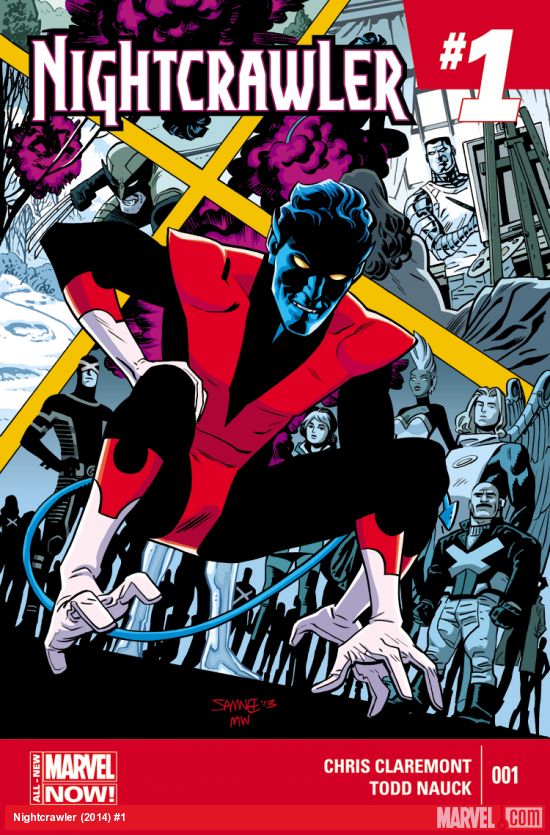
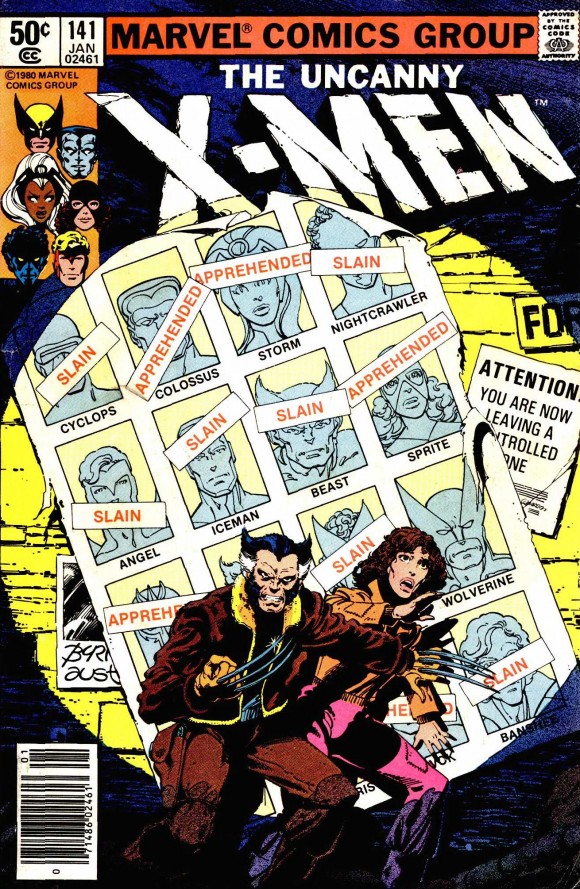
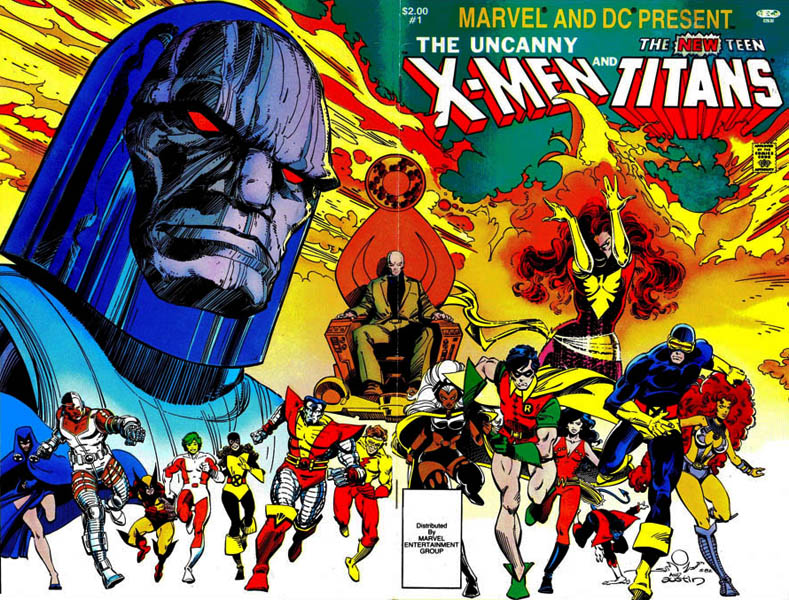
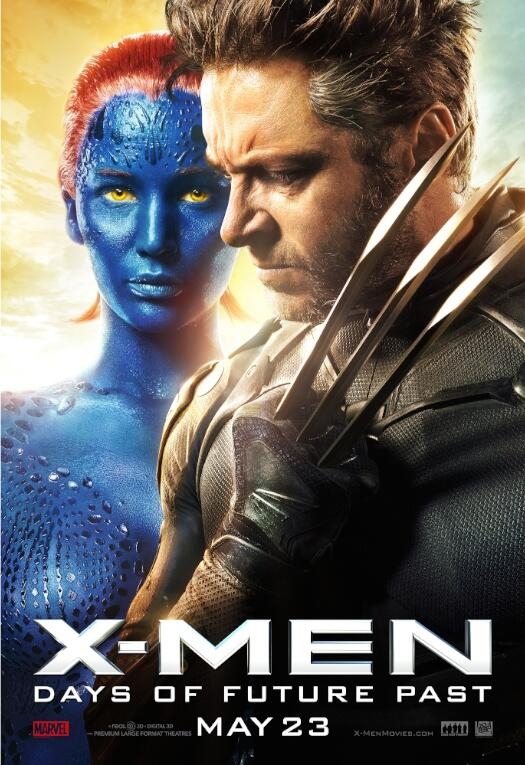
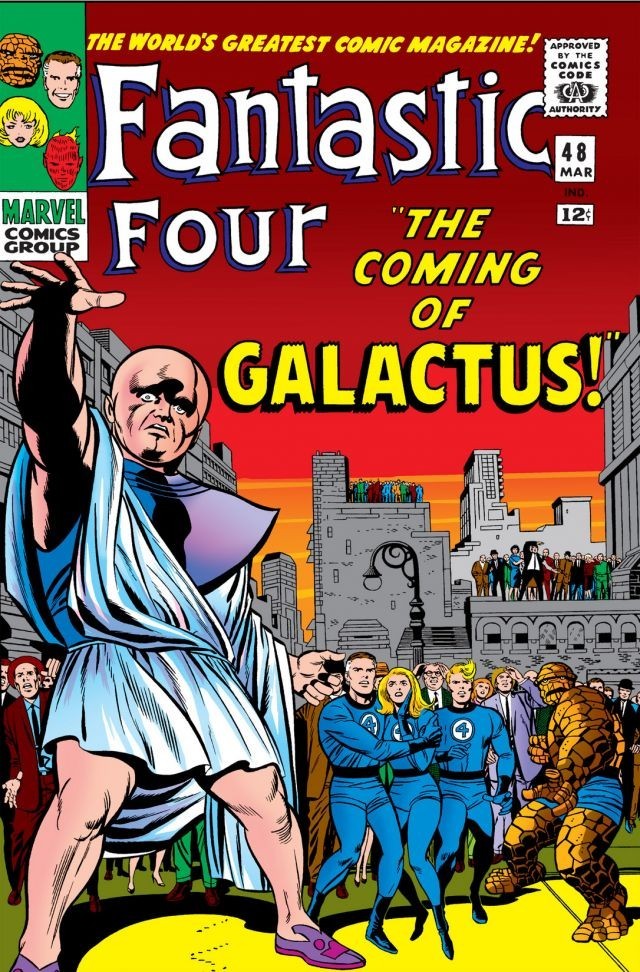
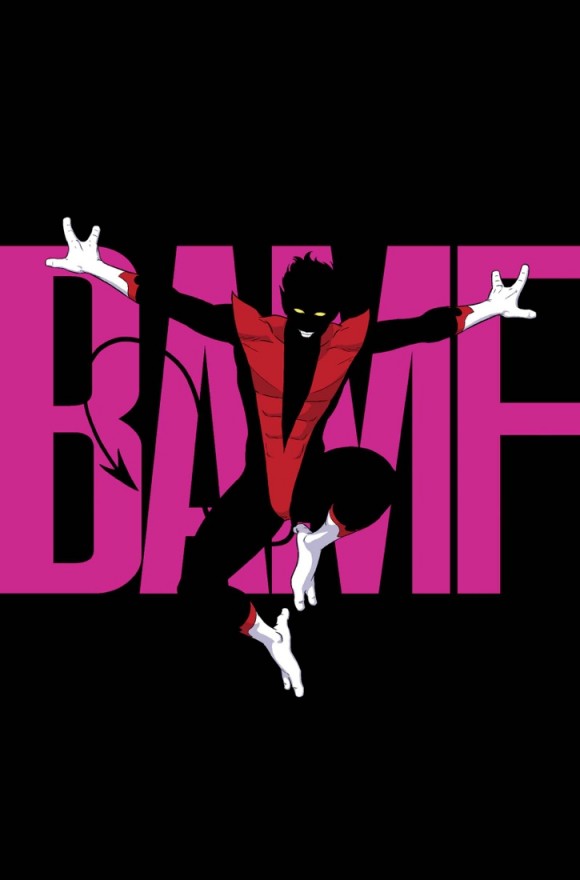
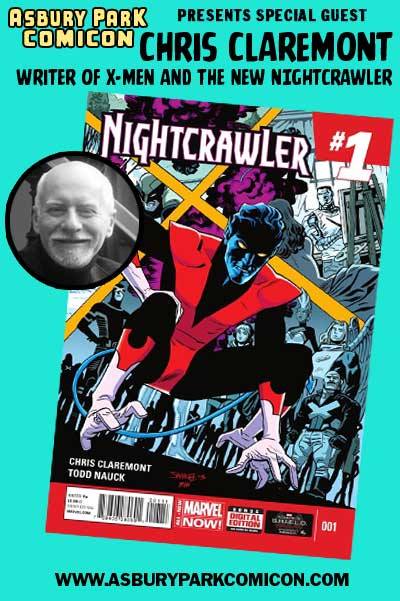
Trackbacks/Pingbacks